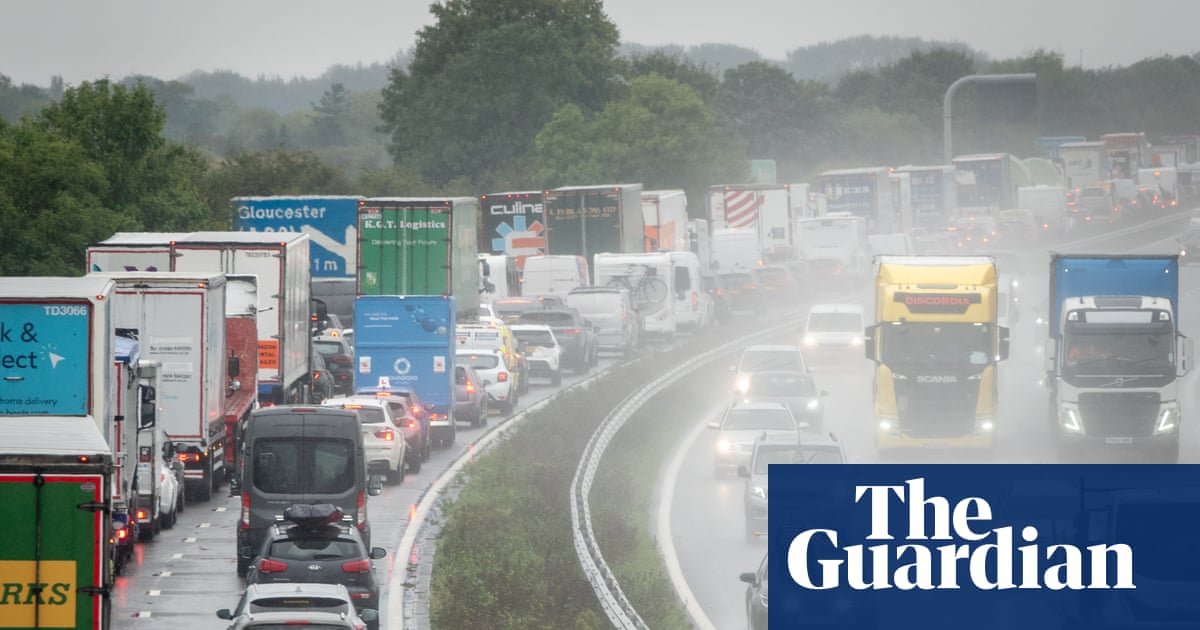
"So little is known about road runoff, the liquid that sloughs off roads and into our waterways when it rains. It is not monitored by the UK government or globally, and the makeup of this chemical and microplastic cocktail will vary from country to country and from one road to another. And yet this toxic liquid millions of gallons a year is a significant pollutant in a multitude of ways."
"The microplastics shed by car tyres make up a quarter of the microplastics in the environment, according to one study. The chemicals in those tyres and the runoff are also highly problematic. Many of them are toxic for aquatic life: in 2020, for example, runoff was linked to a vast die-off of silver salmon off the US west coast. And, of course, they spread up the food chain."
"After six years, the Wild Park rainscape, formed of a vegetated swale linked to four planted basins, is at the tail end of development. Dry and golden beneath the sun, the landscape, if all goes well, will soon teem with lush greenery and wildlife. But it will also be performing a much more critical function: filtering pollutants from runoff to prevent them from seeping into the precious chalk aquifer that lies beneath the city."
Brighton’s Wild Park rainscape uses a vegetated swale and four planted basins to filter road runoff and protect the underlying chalk aquifer. The project has taken six years to develop and will convert dry land into habitat while intercepting pollutants. Road runoff is an under-monitored, variable mixture of chemicals and microplastics released in millions of gallons annually and representing a major pollutant. Tyre-derived microplastics account for about a quarter of environmental microplastics. Runoff chemicals are toxic to aquatic life, have been linked to mass die-offs, appear in human urine, include known carcinogens, and are worsened by heavier rainfall from climate change.
Read at www.theguardian.com
Unable to calculate read time
Collection
[
|
...
]